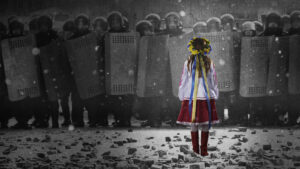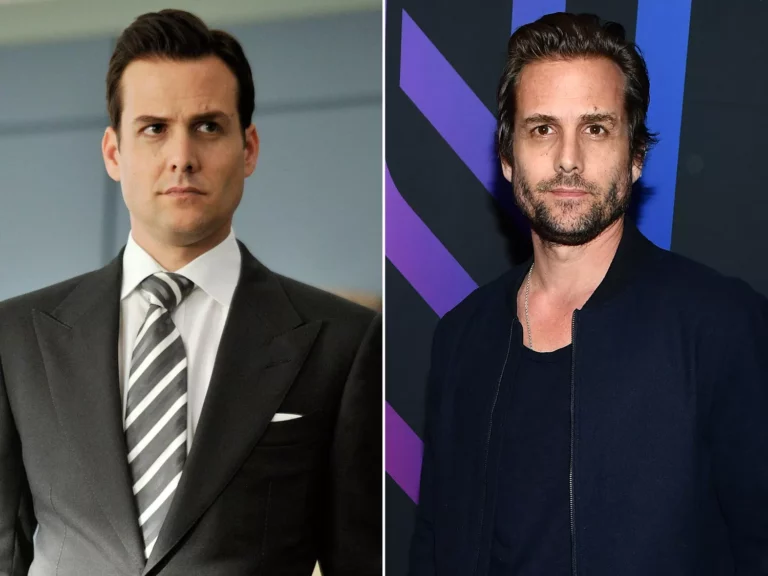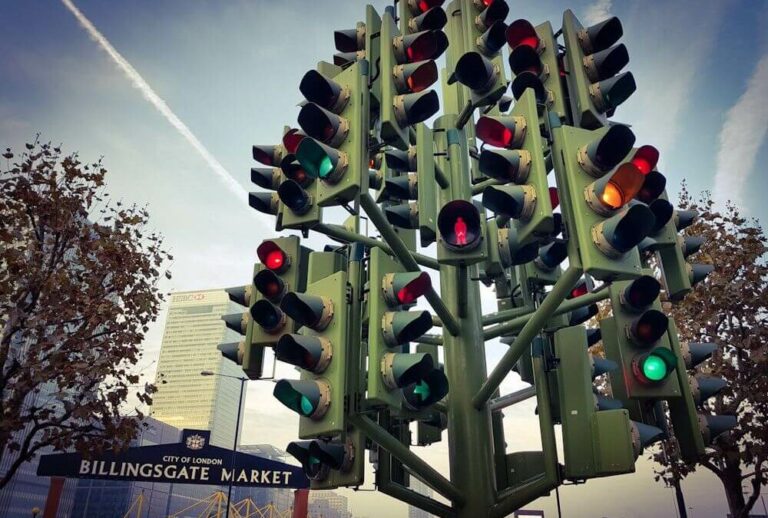Since Russia invaded Ukraine on February 24th, 2022 you’ve all been seeing a lot about Ukraine in the news. A lot of it has naturally been about the Russian aggression and the suffering it’s causing in Ukraine. But apart from bombing our cities, Russia is also attacking our churches and museums, they’re trying to destroy not only our country and our people, but also our culture. Putin has been trying to rewrite history and erase our culture for years, he’s pushed the narrative of Ukraine being created by Russia. But the things he’s saying couldn’t be further from the truth. Kyiv, the city that is now the capital of Ukraine, has existed long before Russia was even created. Ukrainian culture runs thousands of years back. So today we’re going to share with you a few things you should know about Ukrainian culture.
1. Kyiv
Let’s start with the obvious, the capital of Ukraine — Kyiv. Many people abroad are confused about which is the correct way to spell the name of the city. Well, let me clear this up for you once and for all. Kiev, is the name that comes from the Russian interpretation of the name. But Ukraine has been independent for 30 years and it has its own language. Kyiv is the correct way to spell the name of the capital. Moreover, Kyiv was founded in AD 482 and named after Kyi, the founder of Kyiv and the Kyi dynasty.
2.Vyshyvanka
Vyshyvanka is an embroidered shirt that’s an important component of the Ukrainian national dress. The history of Ukrainian national dress is closely connected with the traditions of the Trypillia people and the principalities of Kyivan Rus’, which were on the territory of Ukraine. Each region of Ukraine has its own unique embroidery elements and style reflected in its vyshyvanka. Ukraine is famous for its embroidery all over the world, and embroidery on the territory of Ukraine has existed in the 5th century B.C.
This Tiktok is showing what real Ukrainian national dress looks like
3.Shchedryk ( Carol of the Bells)
Most of the English-speaking world knows this song as Carol of the Bells, it was adapted as an English carol by Peter J. Wilhousky after the original Shchedryk was performed by the Ukrainian National Chorus in Carnegie Hall in 1092. The original Shchedryk is a Ukrainian New Year’s song arranged by Ukrainian composer Mykola Leontovych in 1916.
4. Pysanka
Pysanka is a Ukrainian Easter egg, that’s been decorated with a unique intricate design. The word “pysanka” comes from the word “pysaty” which means “to write” or “to inscribe.” Pysanky are very colorful and you might think they’re painted, but they’re actually inscribed using the wax-resist method. At first, you inscribe the design you want to stay the color of the egg, then you dump the egg in a bowl of dye until it turns color, after which you inscribe the next part of the design and so on and so forth starting with the lightest color and ending with the darkest. At the end you hold the egg over a candle to melt and wipe away the wax, revealing the finished pysanka.
5. Borshch
Borshch is a Ukrainian soup made with beetroot to give it the famous red color. It’s delicious and nutritious and can be made with or without meat. It usually contains meat and is served with sour cream, but there’s also a vegan version of it, suitable for lent. It’s important to mention that some Russian restaurants have borshch on their menu and they call it Russian cuisine, but that is cultural appropriation.

6. Ukrainian Eurovision Winners
Ukraine won the Eurovision song contest twice. In 2005 Ukrainian singer Ruslana won Eurovision with her song Wild Dances. In 2016 Jamala brought Ukraine victory with the song 1944, which is about the deportation of Crimean Tatars by orders from Joseph Stalin for their alleged “collaboration with Nazis.” The song rang especially true in the light of current events at the time since Russia occupied Crimea and annexed it from Ukraine, renewing the repression of Crimean Tatars, who, understandably, refused to accept the annexation.














+ There are no comments
Add yours